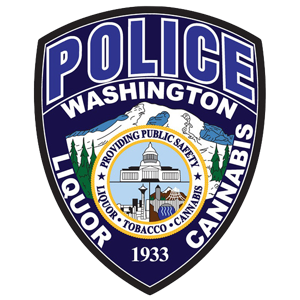The Washington State Liquor and Cannabis Board (WSLCB) was considering revisions to WAC 314-55-075 regarding marijuana producer licenses that would incrementally increase the plant canopy square footage currently allowed for licensed Tier 1 producers.
The Washington State Liquor and Cannabis Board (WSLCB) is hosting two Listen and Learn forums about the current rules regarding marijuana producer licenses, specifically the consideration of revisions and new rule sections that would incrementally expand the plant canopy square footage allowed for licensed Tier 1 producers. This is the second of two planned sessions. Session #1 will cover WAC 314-55-075 Sections 1 through 5. Session #2 will focus on Sections 6 through 11.The full text of WAC 314-55-075 is provided here.
...
As you may recall, the Board began to consider revisions to existing producer license rules by initiating a formal rule inquiry on December 18, 2019. The Preproposal Statement of Inquiry filed by the Liquor and Cannabis Board may be found here.
The Board has received requests from medical marijuana patients and segments of the industry to increase the availability of Department of Health (DOH) compliant product in licensed retail stores. The Board has also learned that smaller producers are concerned about business sustainability based on canopy space restrictions. Recognizing this, the Board would like to explore the ways that it can support Tier 1 producer business viability. Revisions considered may also include clarifying and technical updates to existing rule within the scope of this topic.
An agenda is attached to help you prepare. Please come prepared to offer feedback and suggestions regarding this rule section.
If you wish to join us virtually, we’d like to offer the following reminders:
* Virtual participation will be structured to allow one speaker at a time though the hand-raising feature on WebEx.
* If you experience difficulty with audio or visual elements of virtual participation, please be patient.
Please remember that we are still in the developmental phase of rulemaking, and there are not yet any proposed or final rules amendments. To help you prepare for this listen/learn/contribute forum, please review the guidance document prepared for this and future forums.
Questions? Contact Casey Schaufler at casey.schaufler@lcb.wa.gov
